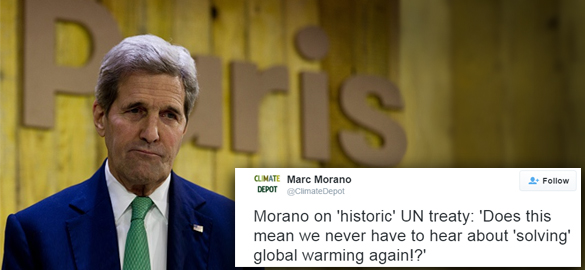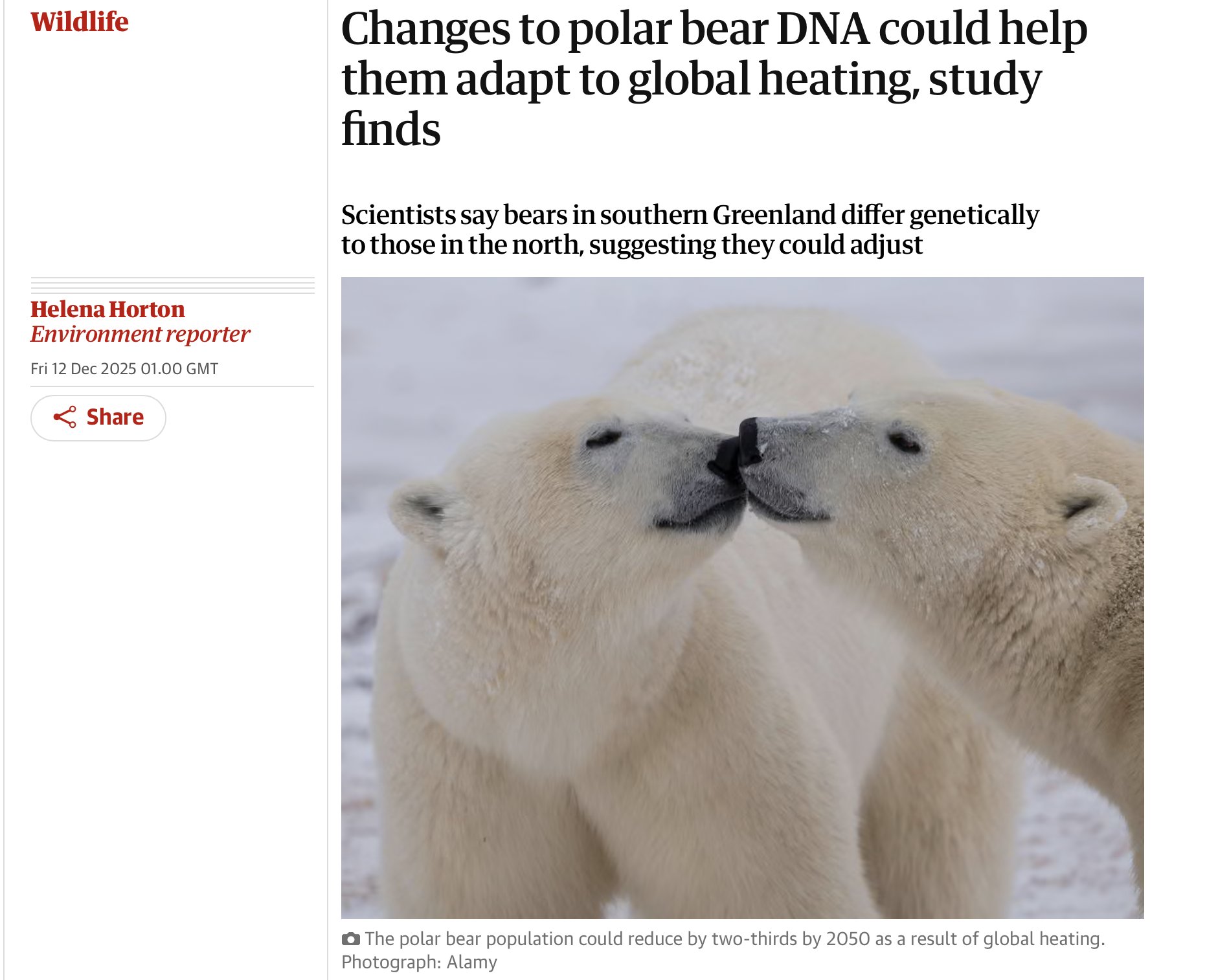A comparison of the climates of the medieval climate anomaly, little ice age, and current warm period reconstructed using coral records from the northern South China Sea
Authors
- Accepted manuscript online: Full publication history
- DOI: 10.1002/2016JC012458View/save citation
- Cited by: 0 articles
Abstract
For the global oceans, the characteristics of high-resolution climate changes during the last millennium remain uncertain because of the limited availability of proxy data. This study reconstructs climate conditions using annually resolved coral records from the South China Sea (SCS) to provide new insights into climate change over the last millennium. The results indicate that the climate of the Medieval Climate Anomaly (MCA, AD 900–1300) was similar to that of the Current Warm Period (CWP, AD 1850–present), which contradicts previous studies. The similar warmth levels for the MCA and CWP have also been recorded in the Makassar Strait of Indonesia, which suggests that the MCA was not warmer than the CWP in the western Pacific and that this may not have been a globally uniform change. Hydrological conditions were drier/saltier during the MCA and similar to those of the CWP. The drier/saltier MCA and CWP in the western Pacific may be associated with the reduced precipitation caused by variations in the Pacific Walker Circulation. As for the Little Ice Age (LIA, AD 1550–1850), the results from this study, together with previous data from the Makassar Strait, indicate a cold and wet period compared with the CWP and the MCA in the western Pacific. The cold LIA period agrees with the timing of the Maunder sunspot minimum and is therefore associated with low solar activity. The fresher/wetter LIA in the western Pacific may have been caused by the synchronized retreat of both the East Asian Summer Monsoon and the Australian Monsoon. This article is protected by copyright. All rights reserved.




